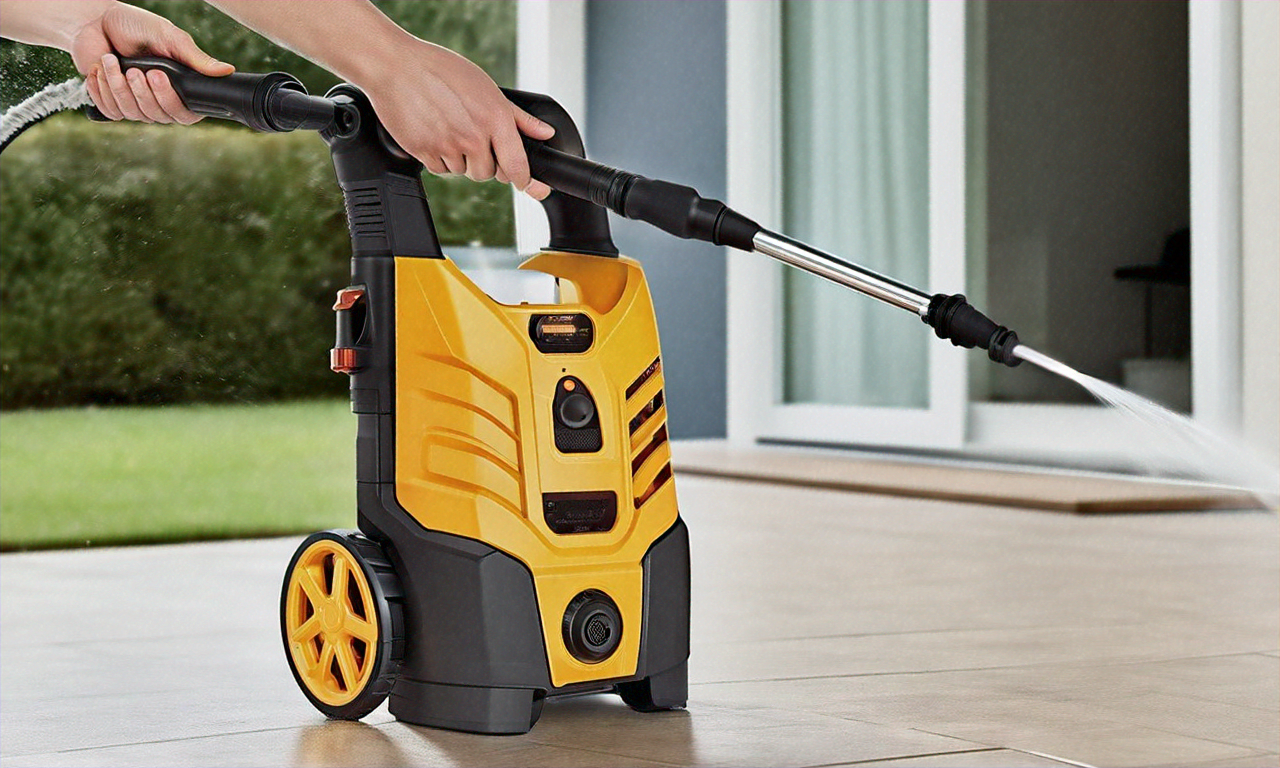Mosquito Yard Treatment: Effective Strategies for Home Gardens
Mosquito control in the yard is a mix of practical habitat reduction, targeted treatments, and mindful planting. Homeowners who understand where mosquitoes reproduce and rest can reduce nuisance bites and lower disease risk. This article explains how standing water, garden layout, and plant choices affect mosquito populations, and outlines both nonchemical and chemical options for treating yards while minimizing impacts on beneficial insects and water features.

This article is for informational purposes only and should not be considered medical advice. Please consult a qualified healthcare professional for personalized guidance and treatment.
How do mosquitoes breed in yard water?
Mosquitoes lay eggs in shallow, stagnant water; even small containers, clogged gutters, birdbaths, pet dishes, and plant saucers can support larvae. Garden ponds and poorly circulated water features are common sources when they lack fish or movement. Routine inspection and removal of standing water reduces breeding opportunities. When water collection cannot be avoided, treatments such as larvicidal briquettes or Bacillus thuringiensis israelensis (Bti) products target mosquito larvae in situ without widespread effects on plants or most beneficial species.
What yard changes reduce mosquito habitat?
Altering yard conditions can make your property less hospitable to mosquitoes. Improve drainage in low spots, trim dense shrubs that create cool, humid resting sites, and aerate compost piles. Keep grass short and remove unused containers. For larger yards, consider grading or installing dry creek beds to redirect water. Basic maintenance reduces the number of adults and limits places for females to rest and lay eggs, complementing any chemical or biological treatments you may choose for persistent problems.
How to manage garden plants to deter mosquitoes?
Plant selection and placement influence microclimates where mosquitoes shelter. Avoid dense groundcovers and overly shaded, damp areas near patios or doorways. Use airy plantings and maintain a buffer of low vegetation around high-use outdoor spaces. Some aromatic plants (e.g., lavender or rosemary) are pleasant to people and can be components of a strategy to make patios less attractive to mosquitoes, but they do not replace habitat reduction or targeted treatments. Proper watering practices—avoid overwatering—also limit mosquito-friendly conditions.
What treatments are commonly used in yards?
Common yard treatments include larvicides for standing water, surface sprays for adult mosquitoes, and barrier treatments applied to foliage where mosquitoes rest. Bacillus-based larvicides are widely used in water features; pyrethroid-based sprays are often used for adult control but should be applied according to label directions to minimize non-target impacts. Physical controls—such as well-maintained screens, fans over patios, and mosquito traps—can supplement chemical options. Integrated plans combine several methods to reduce overall mosquito populations while lowering environmental risk.
Are plant-based repellents effective in the garden?
Plant-derived products and essential oils can provide localized repellent effects for short periods. Citronella, oil of lemon eucalyptus, and certain geranium extracts are among plant-based options shown to reduce mosquito landings in some studies. However, they generally require frequent reapplication and are less persistent than synthetic repellents for personal protection. Using them as part of a layered strategy—alongside habitat reduction and structural measures—can be helpful, especially in areas where users prefer more natural products.
When to call local services for mosquito control?
Consider professional help if yard infestations persist despite reasonable home measures, if standing water sources are extensive or hard to access, or if there is a local outbreak of mosquito-borne illness. Licensed pest management professionals can assess breeding sources, offer targeted larvicide applications, and propose barrier treatments consistent with local regulations. Ask about treatment scope, environmental precautions, and whether technicians use integrated mosquito management practices that prioritize larval control and limit non-target exposure.
Conclusion
Mosquito yard treatment works best when it combines source reduction, thoughtful garden maintenance, and appropriate choice of treatments. Removing standing water, improving drainage and airflow, and adjusting plantings reduce breeding and resting sites. When needed, targeted larvicides and professionally applied barrier treatments can lower adult populations. Balancing effectiveness with environmental impact helps protect beneficial organisms, water features, and the overall health of your garden and yard.






